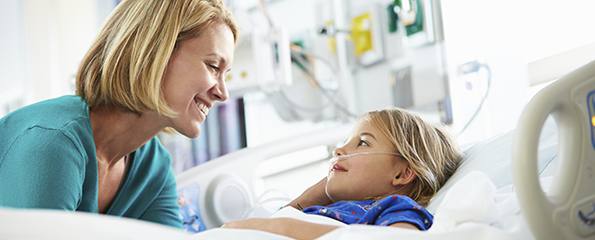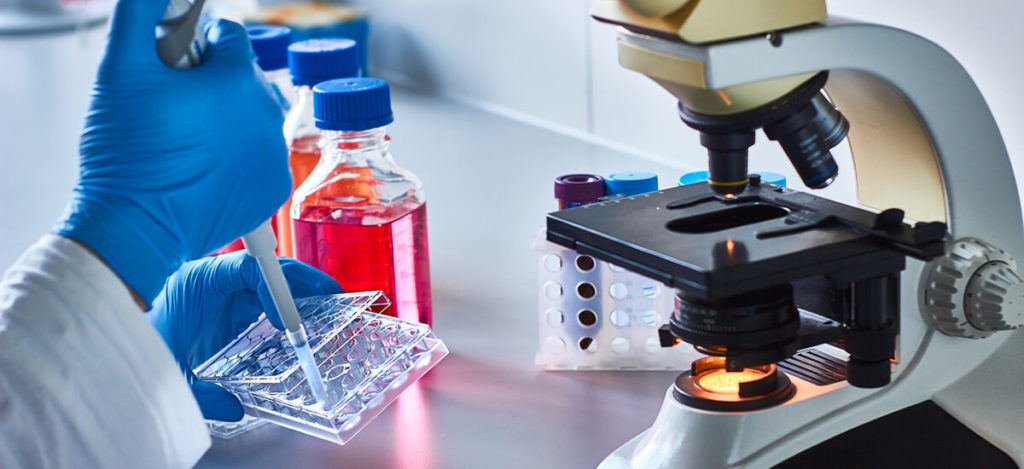Aim:
To assess efficacy and toxicity of 2 and 3 drug salvage regimens.
Conclusions:
Researchers concluded that both VGF and F-GIV can be safely administered on an outpatient basis and show activity against advanced lymphoma
Official Title
Conditions
Study Type
Phase II
Study Design
Patients were stratified into: – Group 1 (G1 – good risk – first relapse following durable first remission – follicular NHL>12 months, all other NHL sub-types and HL>6 months); – Group 2 (G2 – poor risk – primary refractory, second or subsequent relapse, or non-durable first remission); – Group 3 (G3 – post transplant – relapse following any form of stem cell transplant therapy)A planned total of 90 patients were accrued This is a report on the first 88 patients (G1 = 26, G2 = 50, G3 = 12) with a median age of 57 years (range, 17-78). Diagnoses at entry were HL, n = 16 (nodular sclerosing = 13, mixed cellularity = 3) and NHL, n = 72 (diffuse large cell = 41, follicular = 16, others = 15)Treatment:2 chemotherapy regimens were evaluated- VGF (vinorelbine 25mg/m2 days 1 and 8, gemcitabine 1000mg/m2 days 1 and 8, pegfilgrastim 6mg SC day 9)- F-GIV (same as VGF but with ifosfamide 3000mg/m2 day 1 with mesna uroepithelial protection). G1 and G3 commenced therapy with VGF and G2 with F-GIV.Responsive patients (>50% reduction in all previous sites of disease and gallium and/or FDG-PET negativity where baseline positivity was demonstrated) received 2 further cycles of the same therapy.The remainder ‘escalated’ therapy with F-GIV (G1 and G3) or IVAC (G2)
Further Details
Results:Grades 3/4 neutropenia or thrombocytopenia occurring in 24% and 18% (VGF) and 62% and 49% (F-GIV) of patients, respectively. Significant non-haematological toxicities were uncommon. Febrile neutropenia, hospital admission, treatment delay or dose-reductions occurred with 4%, 19%, 4%, 1% and 17%, 34%, 9%, 9% of VGF and F-GIV cycles, respectivelyOverall response (CR + Cru + PR) on an intention-to-treat basis after 2 to 4 cycles of treatment is 54% (CR 29%) (77% and 42% for G1 and G2, respectively). Diffuse large cell NHL patients have demonstrated response rates of 67% and 17% for G1 and G2 patients, respectively.
Study Start
Eligibility & Criteria
Indication:Non-Hodgkin’s lymphoma (NHL) and Hodgkin’s lymphoma (HL) incorporating patient stratification and treatment escalation
Total Enrolment
90
Contact Details
Abstract 3336 ASH 2005Andrew Spencer et al
All content and media on the HealthEngine Blog is created and published online for informational purposes only. It is not intended to be a substitute for professional medical advice and should not be relied on as health or personal advice. Always seek the guidance of your doctor or other qualified health professional with any questions you may have regarding your health or a medical condition. Never disregard the advice of a medical professional, or delay in seeking it because of something you have read on this Website. If you think you may have a medical emergency, call your doctor, go to the nearest hospital emergency department, or call the emergency services immediately.







